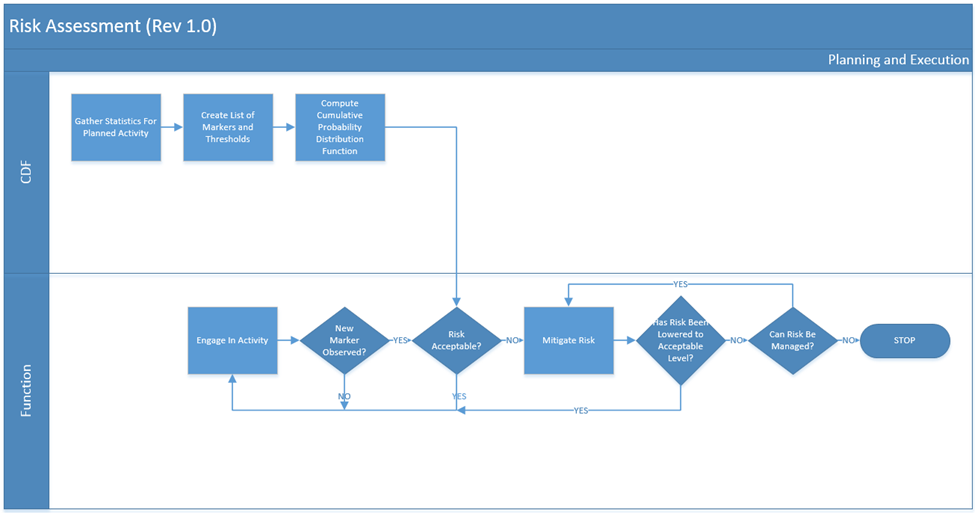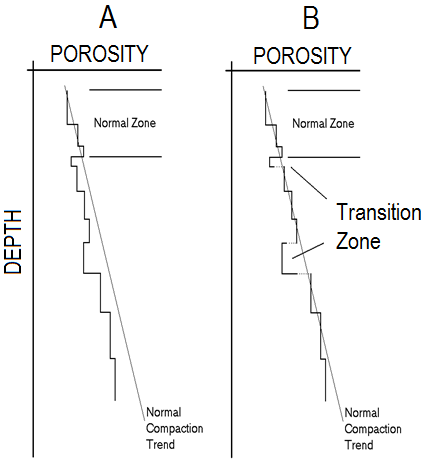Projects
Big Data Geomechanics
Big Data Geomechanics is a software system that provides advance warning as to the imminent loss of well control. Data is be collected and streamed through sensors in real-time at the wellsite. Classes of data can be grouped into super-classes, called the base data:
- Petrophysical Logging (Logging While Drilling, or LWD)
- Drilling Parameters (Measurements While Drilling, or MWD)
- Mud Logging and Fluids (ML&F)
- Geological Logging (Wellsite Geology, or WSG)
- Operations (OPS)
In addition to the base data, this invention will make use of “derived data”. These data are calculated from the base data, often with additional of drilling parameters or interpretation.
- Pore Pressure Gradient (PP)
- Fracture Gradient (FG)
- Swab Pressure Estimate (SWABP)
- Surge Pressure Estimate (SURGEP)
- Formation Matrix Density (RHOM)
- Formation Fluid Density (RHOF)
The purpose of the base and derived data is to create a system of well control markers based on threshold values.
The total number of markers usually 20, although markers can be added or removed for specific drilling conditions and environments that have the possibility of generating or responding to increased risk of the loss of well control.
As markers are triggered, the probability of the loss of well control. Operators can determine the level of operational risk they are willing to assume based on this probability.

Velocity Inversion Compensation
Velocity Inversion Compensation is a geophysical data processing enhancement that aids in the identification of a normal compaction porosity trends in fine grained geological formations in deep water for the purpose of estimating formation fluid pressure and identify zones prone to shallow water flows.
In deep water and sub-salt drilling environments there is often considerable uncertainty. This is because the development of abnormal formations pressures may begin very close to the seabed (also called the mud line). Given a very thin zone of normal compaction, the uncertainty of a normal compaction trend line that is projected from this zone to great depth will substantially magnified and thereby lead to inaccurate estimates of formation fluid pressures.
Using an automated pattern recognition algorithm, changes in interval velocity and geopressure regime are recognized and porosity loss with burial is more accurately modeled. This leads to more accurate abnormal formation pressure estimates for methods that rely on normal compaction trends.

Pseudo-Shear Velocity from Older Logs
Shear velocity is required to perform wellbore stability analyses. It is used together with the compressional velocity to obtain the suite of elastic properties.
Using a laboratory-validated technique, shear velocity can be calculated directly and accurately using environmentally corrected compressional velocity, clay volume, and porosity logs. This technique is substantially more accurate than conventional correlations using only compressional velocity.

